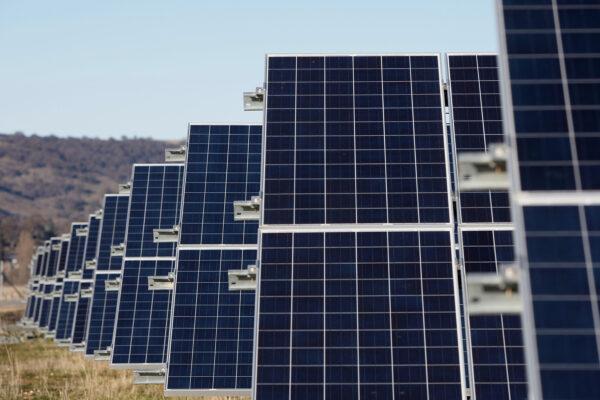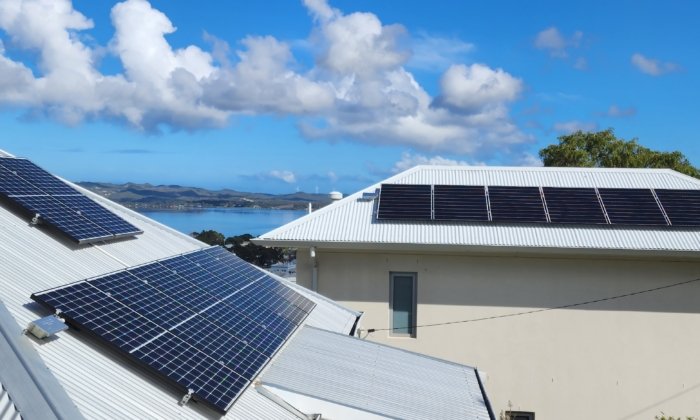KPMG report highlights Australian regulators and companies lagging in net zero transition
KPMG expert said Labor’s significant growth in ambition toward net zero had caused supply chains and regulators to be unable to keep up with the requirements.
Global consultant giant KPMG has warned that Australian supply chains and regulators are falling behind in the race against net zero emissions.
This comes as KPMG has released a new report measuring the progress of major economies around the world in reducing greenhouse gas emissions and their ability to achieve net zero by 2050.
Barry Sterland, the energy transition leader at KMPG Australia, said while Australia had made a “quantum leap” in legislation changes to introduce net zero targets since the Albanese government came into power, the current speed of change was not enough to meet those targets.
Since May 2022, the federal Labor government has set many ambitious goals for the decarbonisation of the country, including reaching emission levels of 43 percent below 2005 levels by 2030 and achieving 82 percent renewable energy by 2030.
Mr. Sterland said the Labor government’s significant growth in ambition toward net zero had caused supply chains and regulators to be unable to keep up with the requirements.
He added that the government needed to do more to provide specific emission reduction plans for six sectors of the economy to help them achieve new emission reduction targets by 2035.
“Firms with strong decarbonisation plans are likely to fare better in this evolving framework.”
Readiness to Achieve Net Zero by 2050
While the KMPG’s report ranked Australia pretty high (fifth place) in terms of government policies and enabling environment, the country’s rankings for sector readiness and national preparedness were relatively lower at 19th and 18th, respectively.
The report pointed out that the heavy reliance on coal for energy caused Australia’s overall readiness ranking to remain at 17th place, far below similar advanced economies in Europe and East Asia.
The top five countries were Norway, the United Kingdom, Sweden, Denmark, and Germany.
In the 14th place was the United States, while China was 20th.

The report also noted that many Australian businesses were much more willing than the federal government to join state governments in setting emission reduction and net-zero targets. This was influenced by customers and investors, both locally and internationally.
Among the five major sectors of the economy, electricity and heating accounted for the largest share of carbon emissions (37 percent), followed by agriculture, land use and forestry (27 percent), industry (18 percent), transport (16 percent) and building (two percent).
The most significant progress in reducing emissions and setting targets was observed in the electricity and industry sectors.
Huge Financial Costs of Net Zero Transition
While the push for net zero in the name of addressing climate change is prevalent in many aspects of society, not every Australian is aware of the huge price tag that comes with it.
“Additional investment will be needed by households and businesses to increase the efficiency of their heaters and vehicles, including by converting to heat pumps and electric vehicles,” said Chris Greig, a senior research scientist at Princeton University’s Andlinger Center on Energy and Environment.
“The annualised costs of that investment in energy production, transport and use has been estimated at 8-9 percent of GDP to 2050, which is similar to today’s level.”






